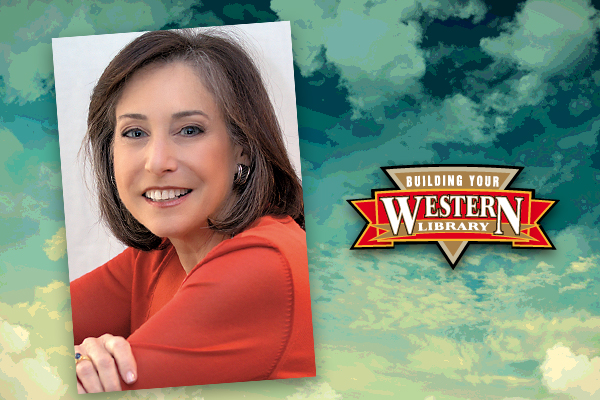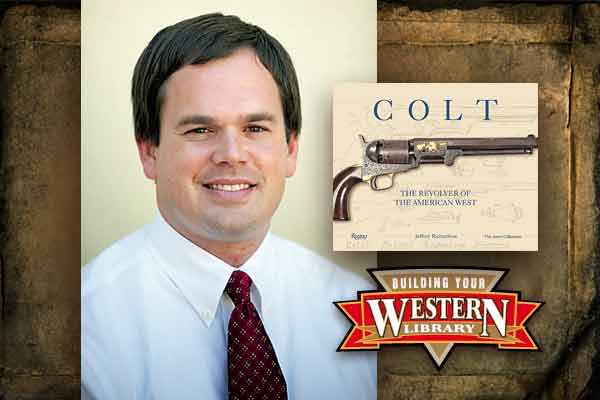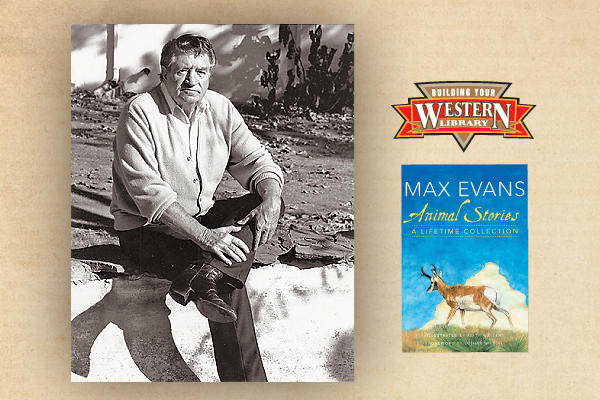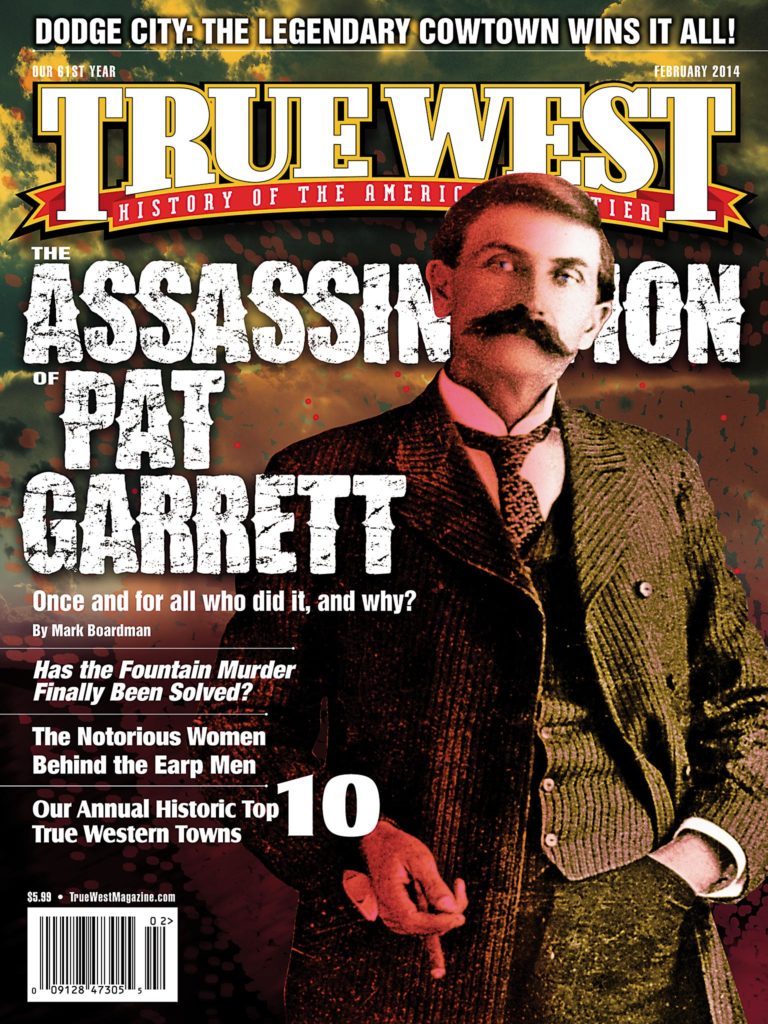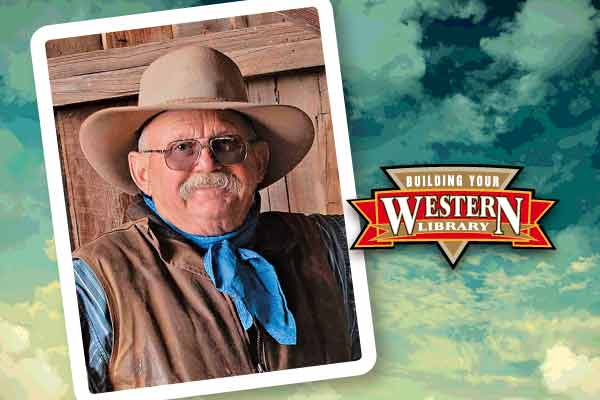 Artist, writer, horseman, musician, teacher, Jay Dusard, who lives in his beloved borderland country near Douglas, Arizona, is known internationally for his large-format, black and white landscape photography. He is equally renowned for his acclaimed The North American Cowboy: A Portrait, which resulted from his 1981 Guggenheim Fellowship.
Artist, writer, horseman, musician, teacher, Jay Dusard, who lives in his beloved borderland country near Douglas, Arizona, is known internationally for his large-format, black and white landscape photography. He is equally renowned for his acclaimed The North American Cowboy: A Portrait, which resulted from his 1981 Guggenheim Fellowship.
He has published four books, including Horses, with essays by Thomas McGuane, and the upcoming e-book, Vaqueros & Buckaroos. From Jay: “At 76, I’ve been around for a while—certainly long enough to know, or have known, these five talented writers. Tom Lea is gone now, but I had the distinct pleasure of meeting and photographing him in his El Paso studio in 1985. I’m proud to know Toby Jurovics, chief curator and Holland curator of American Western Art at the Joslyn Art Museum in Omaha, Nebraska. The other three fine individuals, Joe Brown, Gretel Ehrlich and Tom McGuane, are my soul mates in the marvelous, ongoing horseback culture that we cherish and enjoy. They are far more than just saddle pals. I have ‘cowboyed’ with them all.” Here, Jay shares with us his favorite books from these authors:
1 The Wonderful Country (Tom Lea, Texas Christian University): Lea, a transborder writer, lived on both sides of La Frontera, knowing intimately their milieus and writing elegantly about them. In The Wonderful Country, we follow bi-cultural protagonist Martin Brady/Martín Bredi on a sweeping circle of adventure and tribulation through grandiose landscapes.
2 Jim Kane (J. P. S. Brown, BackinPrint.com): Brown, like Lea, is a transborder writer. Given all the horseback, mule back, and single-engine airplane time that Brown has logged as a cattle trader in the mountainous backcountry of northern Mexico, I’m inclined to suspect that Jim Kane is more than just somewhat autobiographical. It’s one “helluva” first novel (1970), uniquely and knowingly written.
3 The Solace of Open Spaces (Gretel Ehrlich, Penguin): I was immediately captivated by the courage and sensitivity of the young female character, grieving the loss of a loved one, making a go of it, solo, on a northern Wyoming cattle and sheep ranch. I can’t believe how deeply Gretel absorbed and articulated the nuances of the land and its people.
4 Some Horses: Essays (Thomas McGuane, Vintage): Everybody needs to read Tom McGuane, America’s consummate man of letters, on practically any subject. Some Horses is dedicated to rancher and maestro cutting horse trainer Buster Welch. In my attempt to find something of pith and moment to point to, I determined to re-read the essay titled “Buster.” I simply realized, again, that to partake of Tom’s astonishing observations is absolutely humbling. I shall let that suffice for my recommendation.
5 Framing the West: The Survey Photographs of Timothy H. O’Sullivan (Toby Jurovics, with Carol Johnson, William F. Stapp, and Glenn Willumson, Yale University Press): I was 23 before I experienced the landscape of the intermountain West—that grand expanse of sculptural forms and unfathomable distances that made me want to take up photography and live “out here.” O’Sullivan was out here in the most challenging sense of the couplet. What he made in the field were wet-plate collodion negatives on 10 by 12-inch sheets of glass. I’ve never even considered trying to follow in the tripod tracks of Brother O’Sullivan with my 8 by 10-inch camera.

{jathumbnail off images=”images/stories/Feb-2014/build-your-own-western-library-feb14.jpg”}


